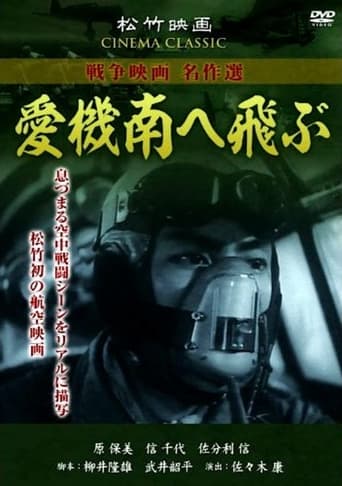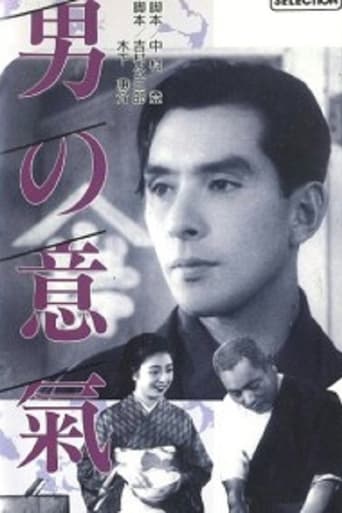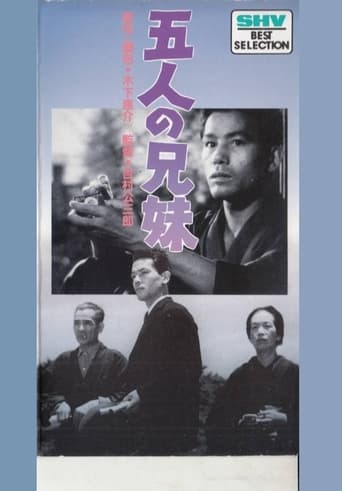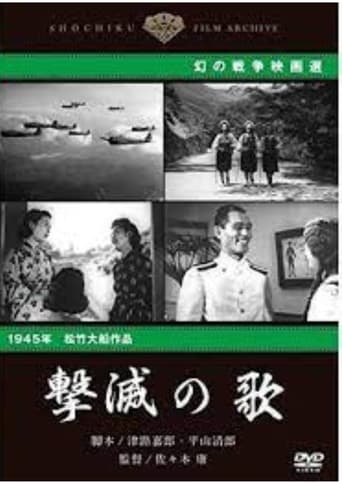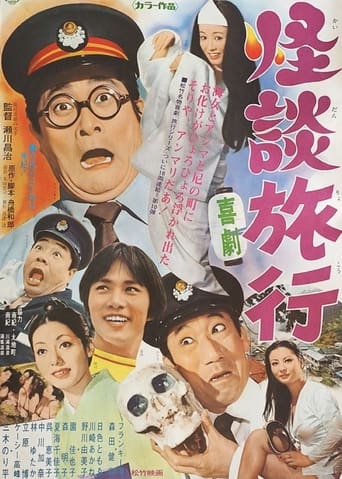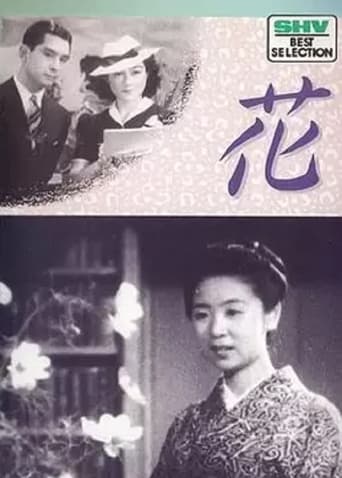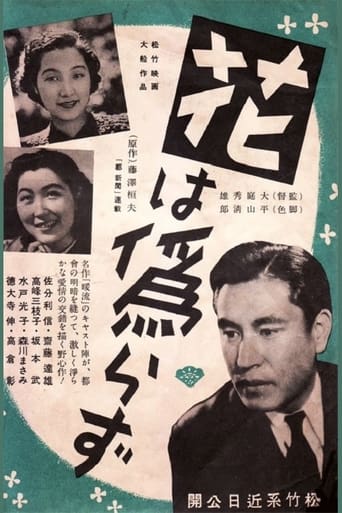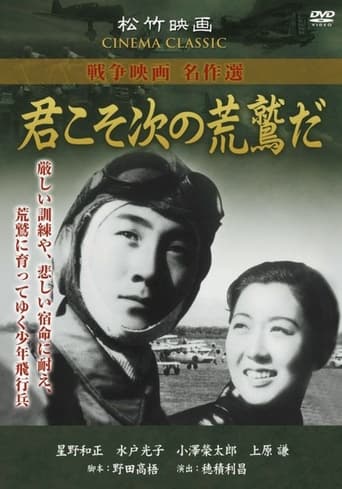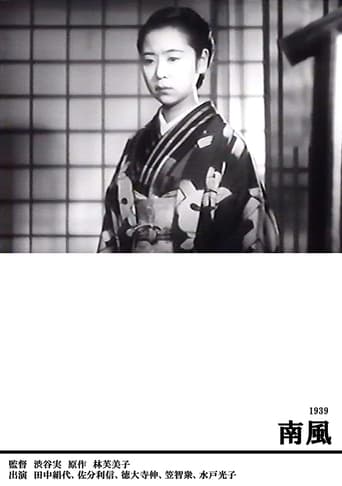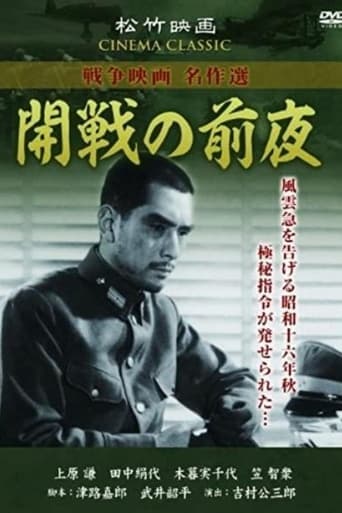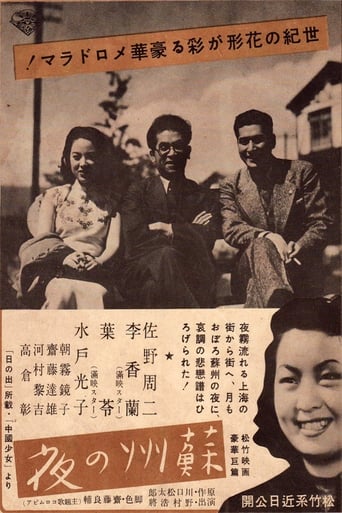Shochiku Ofuna
Otoko no iki 1942
This was 1942, so it was a national policy film, no matter what you call it. But when the war was still on the winning side, there wasn't even a little bit of sadness in the film (as the war was getting worse and worse, the burdens on our backs were increasing day by day, and we had to keep forming a line for tomorrow with nowhere to go (Akira Kurosawa's "The Most Beautiful", Admiral Nomura's "Enemy Air Raid", etc.) (Song of Annihilation, directed by Sasaki Yasushi). The film closes with the hope of the blue cloud that is bubbling up in the air. Or it may be the last time that a Japanese film talks about war and looks at the end of the war with an unconcerned eye.
Five Siblings 1939
A businessman runs afoul of the law and commits suicide, leaving behind a wife and five children. The eldest son takes the family to Tokyo and labors to restore its name and fortune
Gekimetsu no uta 1945
Three daughters have graduated from the music school and have gone their separate ways. On the day of the outbreak of war, the three girls meet again for the first time since their graduation ceremony. This film was made at the end of the war to promote the military song “Song of the Annihilation of the United States and Great Britain” and to raise the will to fight.
Half Virgin 1938
Miyake has a boyfriend, Daijiro Natsukawa, who is a novelist, but considering her future marriage, Miyake is also looking for a job for her, but Saburi, who was in her private car, does not come to his company. mosquito? She is told that she has to work.
The Ghostly Trip 1972
The 10th film in the travel series. The original work and screenplay is by Kazuo Funahashi, the director is Shoji Segawa, and the cinematography is by Keiji Maruyama.
Flower 1941
Most of the students studying Ikebana with Kozoe Iemoto are daughters of rich Tokyo families. Kozoe meets and grows close to a doctor who proposes marriage but whose mother harbours ill feeling towards her because of an incident in the mountains where a child got into difficulties. Kozoe rejects the proposal but falls ill and when she recovers, decides to devote herself entirely to the world of flower arranging.
The Flower is not False 1941
Hana wa itsuwarazu (1941) is the second directorial work by Shochiku's Oba Hideo. Oba had previously worked as an assistant director to Shimizu Hiroshi and penned films for Shimazu Yasujiro. In this early effort, he is not stylistically very far from either, but then again all Shochiku directors resemble each other to a point. The film is an everyday romance for younger audiences, full of clean, ideal human beings.
You Are the Next Eagle 1944
A boy aviator endures rigorous training and a sad fate, and grows into a strong man with his eyes set on becoming an eagle.
Southern Wind 1939
Based on the original work by Fumiko Hayashi, this is a story about a woman and two men. The lust is restrained and indifferent. The story even has an elegance to it, which is the charm of the 30 year old Kinuyo Tanaka. There was a time when Tanaka was adorable... Shin Saburi was young and Chishu Ryu was young too. It is a promise of melodrama that the rival or friend is prettier than the heroine Kinyo.
Kaisen no Zenya 1943
Kempeitai fights American spies in Japan
Suzhou Nights 1941
A hostile Chinese nurse (Yamaguchi) who works in an orphanage is won over by the care and commitment of the Japanese doctor (Sano) who treats her wards. Disease outbreaks and family obligations, however, threaten to torpedo their budding romance.
